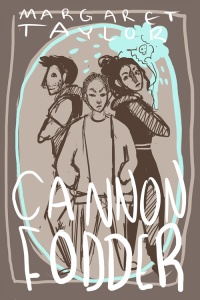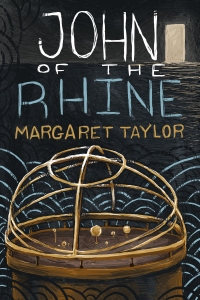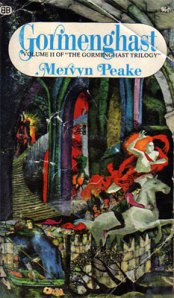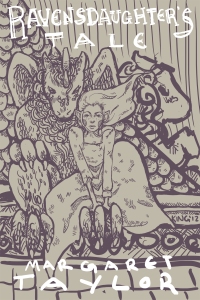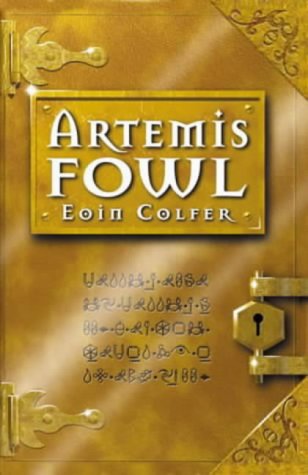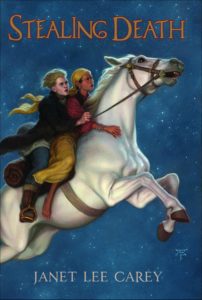Hey, guys? I have exciting news. My last ebook, The Confederacy of Heaven, was published in the fall of 2010. Now, after three and a half years, I’m finally ready to publish another ebook.
It’s called Cannon Fodder, and here’s a taste of how it goes:
The good guys always win – and Alec Nightshade isn’t going to take it anymore. Alec’s a fifteen-year-old member of the Norgolian Society of Evil Overlords, which means not having much of a life expectancy. When a hero hunts down and kills his aunt, the Viper, he sets off on the first evil scheme of his life to set things straight.
Starting an evil scheme proves to be harder than it looks. Alec catches a break when a friend tips him off about the Eggbeater of Doom, a device that can summon a kiloton-sized elder god with a grudge against those puny hairless apes. If Alec blabs about the Eggbeater, gets a hero to go after him, then kicks the hero’s ass, he can break the cycle of prophecy that dooms his side never to see the age of fifty. He doesn’t mean to hurt anybody else. But when another overlord steals the Eggbeater with the intent to actually level a city, Alec knows what he and his gang of minions will have to do: save the day. He will never get to live this down.
Like the sound of it? I’m running a Kickstarter campaign starting today to raise money for professional cover art. I’m working with Kelsey King, a local artist who’s illustrated my other ebooks. If you preorder a copy of Cannon Fodder through the Kickstarter, not only do you get to help support the cover art, but you’ll get the book at a discount.
Check out the Cannon Fodder Kickstarter campaign.
Want to know more about the project? Drop me a line. I’ll keep you guys posted about the campaign’s progress now through the end of March.

